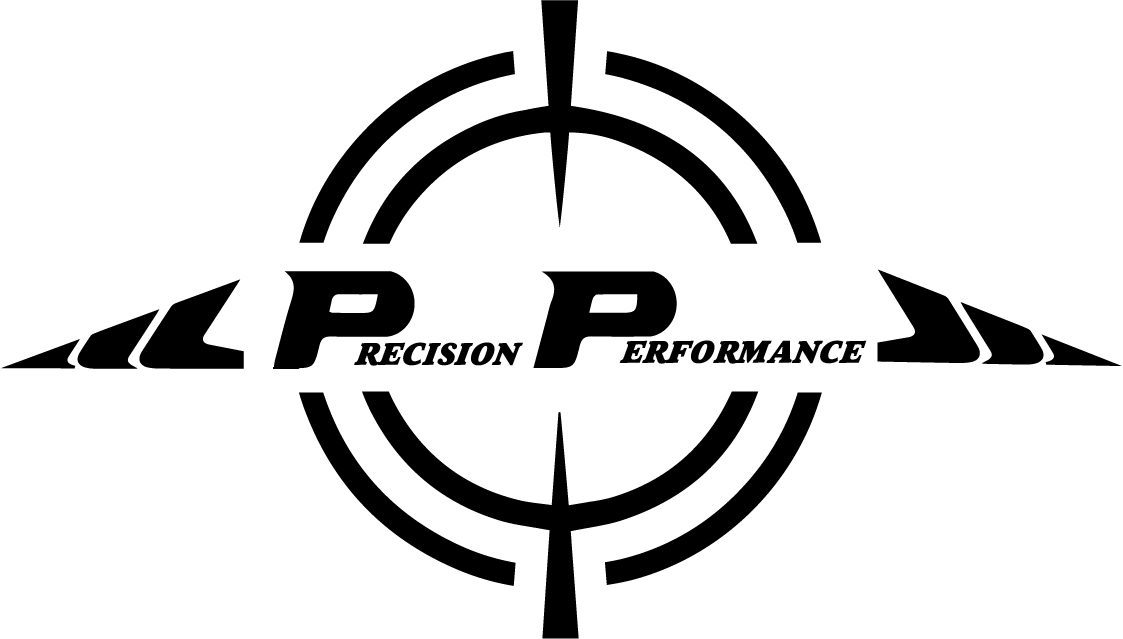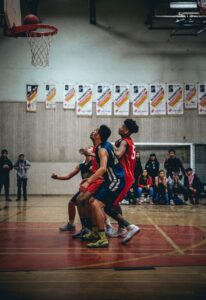Understanding Medial Collateral Ligament Injuries
Precision Performance and Therapy is a physical therapy and sports performance clinic in Meridian, Idaho that provides rehabilitation and return to activity and sports programs for individuals who are recovering from a medial collateral ligament sprain. We have experience in treating individuals from all backgrounds with medial collateral ligament injuries helping them return to their desired activity, whether that be doing work in the yard or getting back on the playing field.
What is the medial collateral ligament?
The medial collateral ligament (MCL) is a thick band of tissue that runs from the femur (upper thigh bone) to the tibia (shinbone) on the inner side of the knee. It is one of the commonly known major ligaments that support and stabilize the knee. The MCL is divided into superficial (tibiofemoral ligament) and deep ligaments (meniscofemoral and meniscotibial ligament).
The MCL provides stability to the knee with movement, limiting the knee from moving side to side. The MCL’s major function is to prevent the knee from bending too far inward, but the MCL also prevents hyperextension of the joint and posterior translation of the tibia (secondary to the function of the posterior cruciate ligament).
How does the medial collateral ligament get injured?
An MCL sprain is the most common knee ligament injury. An MCL sprain or injury can occur when the knee is stressed past its capabilities inward. MCL sprains can be contact or non-contact. MCL injuries can also be caused by repeated stress over time causing the ligament to lose the normal stretch and elasticity.
An example of a contact injury is a blow to the knee (most often outside of the knee) that forces the knee inward. Examples of this type of injury would be:
- A football player who gets tackled from the outside of the knee when the foot is planted on the ground.
- A soccer player whose gets hit on the outside of the knee when there is a collision while players are trying to gain ball control.
Non-contact injuries occur when an individual is isolated in space and their knee moves inward or there is an excessive outward twist of the lower leg beyond the stress capabilities of the MCL when the foot is planted. Examples of this type of injury would be:
- A basketball player jumps in the air and lands with their knee turned inward.
- A softball player squats down to receive a groundball, and the foot gets caught with the toe turned out causing the knee to flex and move inward.
- A skier catches the inside edge of a ski turning the toe out while the rest of the body turns the opposite way.
- An individual is running around playing and cuts to change direction.
Symptoms of a medial collateral ligament sprain
- Pain and tenderness on the inside (middle side) of the knee
- The knee locking or catching when moved
- Swelling
- Stiffness
- May have felt a pop or heard an audible pop at the time of injury
- Feelings of instability in the knee or feeling like the knee might give way, especially with single leg or pivoting activities
What are the grades of a medial collateral ligament sprain?
MCL injuries are divided into three grades, with each one representing a varying degree of injury to the MCL. A grade I (minor sprain), grade II (moderate sprain), grade III (severe sprain). In a grade I sprain, the MCL fibers were excessively stretched and/or there may be a few fibers torn (less than 10%), presenting in some pain, little to no swelling, and good stability of the knee. In a grade II sprain, there is partial tearing of the ligament fibers (usually the superficial part of the MCL), pain, instability, swelling, and stiffness. In a grade III sprain, there is a complete rupture of the ligament fibers (both superficial and deep parts of the MCL), significant instability is more likely, and there is swelling, pain, and stiffness.
What is the treatment for a medial collateral ligament sprain?
A doctor, physical therapist, or athletic trainer can clinically diagnose an MCL injury with a physical exam of pain and knee ligament stability. This is followed up with a doctor further assessing the knee with X-rays, MRI, and/or ultrasound. It is important to fully assess the knee to understand the severity of the injury as well as rule in or rule out injury to other structures of the knee that can be commonly injured with the MCL.
The progress of treatment depends on the severity of the injury. Fortunately, most MCL injuries do not require surgical repair. Recovery time may take a varying number of weeks depending on the extent of the injury and the demands of the activity that an individual is wanting to return to, but most of the time, recovery after an MCL injury will allow an athlete or individual to return to all activities without any long-lasting effects.
The initial stages of recovery involve protecting the knee and improving pain. This may include ice, wearing a brace to support the knee, and the possible use of crutches. Then based on the severity of the injury a conservative (non-surgical) or surgical route of treatment will be determined. Conservative treatment is the most common route for isolated (without other ligament or knee structure injury) grade I and grade II MCL tears with present appropriate knee stability. Surgery is an option for individuals with grade III tears (depending on the location of the tear, stability of the knee, and athletic demands of the individual) and/or MCL injury with significant injury to other structures in the knee.
Conservative treatment protocols may vary depending on your doctor, but here is a general guideline of the treatment progression involving physical therapy for an MCL sprain (times of phases vary depend on extent of injury and individual characteristics).
Phase 1
- Protect the injured tissue
- Improve mobility of the knee
- Improve muscle activation of the muscles that support the knee
- Restore normal walking mechanics
Phase 2
- Restore full mobility of the knee
- Progress from muscle activation to strengthening and stabilization exercises of the leg
- Progress to single leg support activities
Phase 3
- Continue strengthening
- Progress to impact activities with advancement to running/sprinting
- When appropriate running/sprinting is achieved, initiate change of direction
- Start sport skill activities
- Progress to plyometrics
- Return to sport
Recovery time of an MCL sprain depends on a few factors. These include:
-
- The severity of the injury
- Whether a surgery occurred or not
- Whether the MCL injury was isolated or other structures were affected
- Previous fitness level
- What the requirements of the activity an individual is returning to are
Grade I tears take about 1-4 weeks to heal. Grade II tears take about 4 to 8 weeks to heal with treatment. Grade III tears can take six weeks or more to heal with treatment and having surgery can increase the time to healing. Understand that healing does not mean returning to full activity or sport. This can take longer depending on what the expected functional performance level of return to full activity requires.
Precision Performance and Therapy would love to assist you in your rehabilitation after MCL injury!
Chris caters to each individual client. Coming from an athletic background he found ways for me to make connections to the workouts I’d do from then to now. The facility is well-rounded with different ways to exercise as well as rehabilitate. Chris provides the information needed to understand what is going on and how to prevent it in the future. In 6-7 weeks I have made a significant recovery and consistently work out my injury. Definitely suggest 10/10 (also chris has great music taste so bonus point)11/10
Bar far the most knowledgeable PT I know of. Is very up to date in the field of therapy and personal training. Highly highly recommend
Total Knee Replacement With Precision Performance and Therapy
Total Knee Replacement With Precision Performance and Therapy in Meridian, IdahoAt Precision Performance & Therapy in Meridian, ID, we specialize in helping patients recover after total knee replacement (total knee arthroplasty)—from early mobility all the way to...
Most Common Injuries in Dancers
Most Common Injuries in Dancers: Injury Reduction, Treatment, and Recovery in Meridian, IDDancing is one of the most demanding athletic pursuits—combining artistry, strength, flexibility, and endurance. Unfortunately, the very movements that make dance so powerful...
Most Common High School Soccer Injuries
Most Common Soccer Injuries in High School Athletes (An Outline on How to Reduce Them and A Quick Treatment Guide)By Precision Performance & Therapy — Meridian, IdahoQuick take: The most common high school soccer injuries are ankle sprains, knee sprains (including...
1760 W Cherry Ln, Suite 130
Meridian, ID 83642


